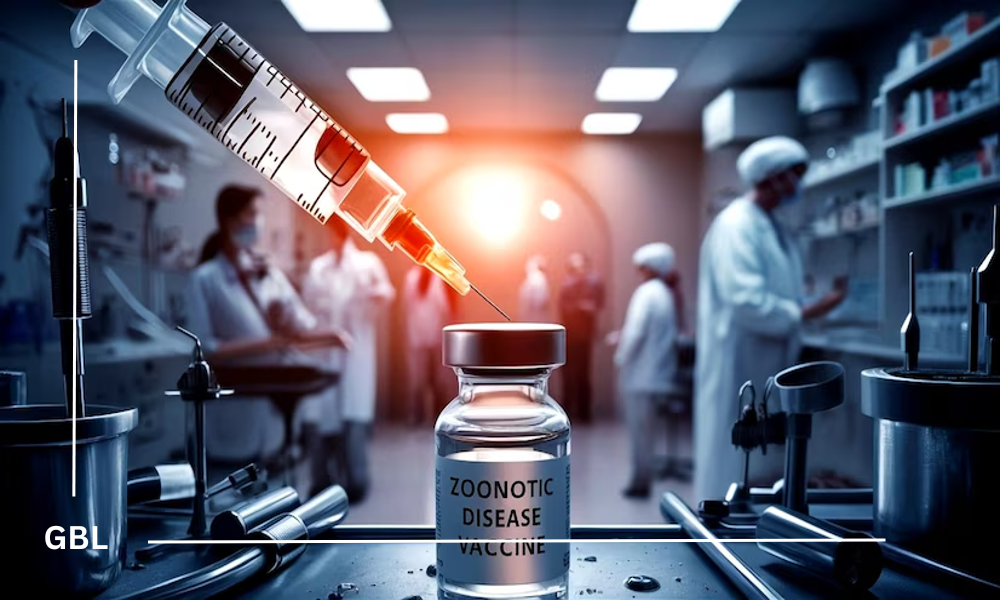As we move forward from the disruptions of the COVID-19 pandemic, vaccines continue to stand at the forefront of public health strategies. Recent innovations in vaccine technology, combined with renewed efforts to improve accessibility and education, are shaping a promising future for global health.
One of the most significant advancements is the development of mRNA vaccines. Originally used to combat COVID-19, this technology is now being explored for a broader range of diseases. mRNA vaccines work by using genetic material to instruct cells to produce a protein that triggers an immune response. This approach not only offers a powerful defense against emerging threats but also has the potential to revolutionize how we address other infectious diseases and even certain cancers.
Despite these technological strides, challenges remain, particularly in addressing vaccine hesitancy. Misinformation and skepticism about vaccines continue to pose obstacles, making it essential for public health campaigns to focus on clear, accurate communication. Health experts emphasize that building trust through transparent dialogue and robust information can help counteract these doubts and encourage vaccination.
Equally important is the push for equitable vaccine distribution. While advances in vaccine development are promising, ensuring that these vaccines are accessible to everyone, regardless of their location or socioeconomic status, remains a critical goal. Initiatives to improve access include mobile vaccination clinics and partnerships with global health organizations to deliver vaccines to underserved regions. These efforts aim to close the gap and ensure that no one is left behind in the fight against preventable diseases.
Technology is also playing a crucial role in modern vaccination strategies. From digital tracking systems that manage vaccine inventory to community outreach programs that bring vaccines directly to people, innovation is streamlining how vaccines are distributed and administered. This modern approach not only improves efficiency but also enhances the overall reach of vaccination programs.
As we look ahead, the combination of advanced technology, improved public health strategies, and a commitment to equitable access paints a hopeful picture for the future of vaccination. The goal is clear: to build on these advancements and continue to protect public health through effective immunization, ensuring a healthier tomorrow for everyone.














